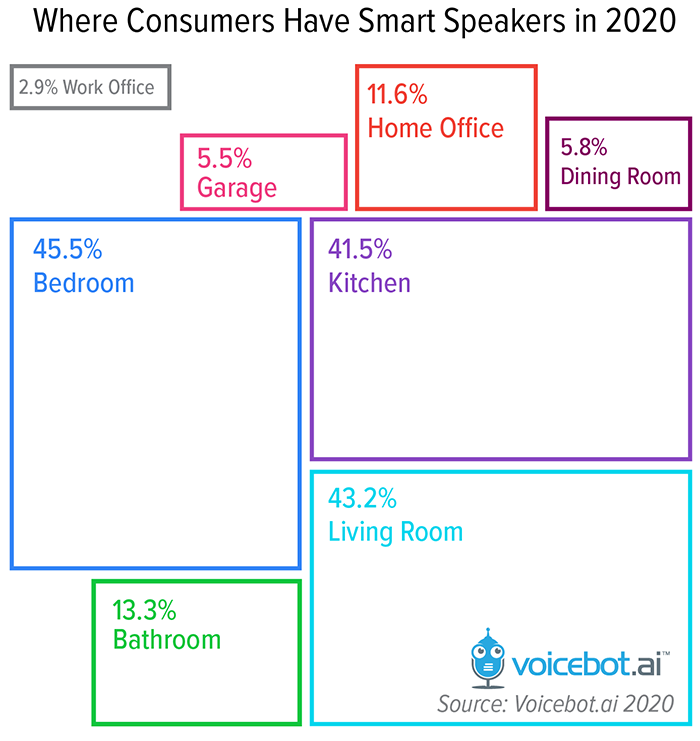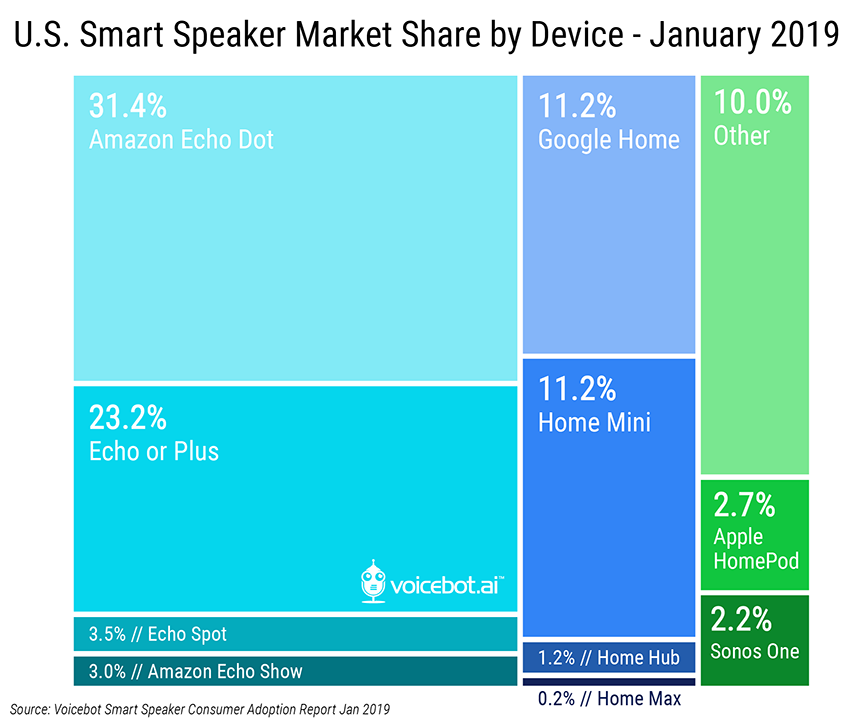08.12.20 By Sreenivas Vemulapalli

“Don’t talk to strangers” is a common instruction we give to children, because of privacy and security concerns. Back home, Alexa, Google Home and Siri were strangers once, but are now family members! We are happy to keep these AI powered voice assistant technology at various locations in our homes and interact with them frequently. These assistants offer immense flexibility using natural language to interact and get information or complete tasks. These technologies make tasks much easier for us to accomplish.
Need to turn on a light? Just ask Google Home. Want to make sure your oven cooks dinner just right? Send a command to Siri. Need a birthday gift recommendation for your friend? Alexa is here to save the day!
It is now the age of voice assistant technology. Voice your wishes in natural language and AI-enabled devices will process them. It doesn’t matter where you are- at home or work, driving the car or even shopping, it’s time to welcome the digitalized customer experience.
The ability to have natural conversation with these AI powered devices has triggered a new era in the digital transformation across all environments. Not surprisingly, millennials lead the pack for smart speaker ownership. As depicted in the graphic below, at the beginning of 2019, 34% of American 18-29 year olds owned a smart speaker.

However, based on Microsoft’s voice report, 41% of users raised concerns around trust, privacy, and passive listening. The bedroom (45.5%) is a common place for these devices, followed by living room (43.2%).

The flexibility and convenience these devices offer have outweighed the concerns, and trends indicate that adoption of these devices will continue to grow.
To complement voice-first experiences with visuals, smart speakers with screens are slowly gaining traction, providing rich interactive voice & visual experiences that include graphics, images, slideshows.

According to the forecast released by Loup Ventures, 75% of U.S. Households will have smart speakers by 2025. It’s now easier than ever to attract a younger audience to voice and screen-enabled products with gamification. Millennials routinely conduct their daily tasks via these devices. Now, marketers have the golden opportunity to leverage this habit to build new strategies that strengthen brand loyalty for their products. With less cost and a localized target audience spread globally, the near future promises a high ROI with minimal effort.
Gamification is all about applying gaming mechanics in non-game contexts where users are rewarded with badges, points as they progress through different levels. These badges, points can be exchanged for real goods, which in turn allows consumer brands to build loyalty and awareness of their products.
Brands can engage consumers in a better way using smart speakers and displays that capture customer information through a gamified interface while also encouraging customers to check out newer products offered or inviting them to experience the latest loyalty program. While gamification makes the interaction interesting and engaging for consumers, it also allows brands to extract volumes of insights into customer preferences, pain points, suggestions etc which can drive the evolution of their products. Insights gained from gamification for one product can also be utilized for other products as well.
Imagine a scenario where a confectionery brand provides fun learning activities that lets users accumulate reward points for completing each round. The users can then redeem these reward points to buy products from their brand catalog. Similar gamification techniques, when combined with voice enabled devices, will enable B2C brands to drive new-age brand loyalty for huge benefits.
To get started, they just need to conceptualize and engage with an IT partner like Bridgenext to bring their concept to reality.
Are you ready to give voice to your goals? Let’s connect and discuss a PoC!